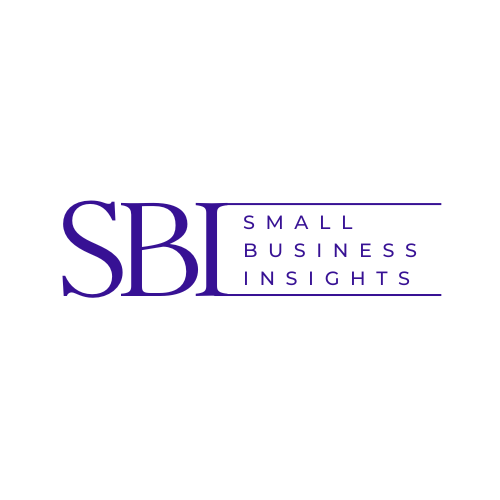Learn How Your Small Business Can Successfully Navigate the New Year
It’s an understatement to say the business climate has been unpredictable for the past two years. COVID-19 led to uncertainty and chaos for many businesses. During 2022, most businesses were able to function in a more normal manner, but many challenges still remain.
The US economy still suffers from the aftereffects of the pandemic. Inflation and supply chain issues linger and are felt by all of us in our daily lives.
What does the new year hold in store for small businesses? While no one has a crystal ball to predict the direction the economy is headed in 2023, there are some emerging trends small business owners should be aware of to successfully navigate 2023.
Continued Inflation and Potential Recession
Starting 2023 with higher inflation and interest rates isn’t a new trend. But, it is a trend that is expected to continue as the Federal Reserve has not backed off aggressive rate hikes.
Higher operating costs from inflation and increased interest rates have created a catch-22 for a lot of businesses. Owners can either raise prices and risk customer loyalty, or face the possibility of closure by not increasing prices enough to cover costs.
Most economists have predicted a recession for 2023 from the ongoing battle between inflation and interest rates. Whether a recession occurs or not, it’s always smart to be prepared. Keep your small business afloat during economic downturns by forecasting your cash flow. Positive cash flow is vital to your business’s survival. Plan to keep a safety net of cash, and credit (only if necessary!) to help your business through financial hardship.
Now may be a good time to think about applying for a 0% APR introductory credit card for your business. Credit card debt is not usually recommended, but it could be helpful for any short-term cash flow issues.
Creative Financing for Small Businesses
The SBA continues to offer some lending options under the Paycheck Protection Program and other COVID-19 relief programs.
SBA loans may not be a good fit for your small business. Alternative financing sources have increased during the last decade for many businesses that don’t qualify for traditional bank loans. Crowdfunding and peer-to-peer lending can be easier routes to get the capital required for your small business.
Depending on the capital needs of your company, other options could include grants, venture capital, fintech, or angel investors.
Determine your cash flow needs and research which of these alternative sources could work best for your business.
Growing Cyber Threats
As the use of digital marketing and SaaS tools have become more commonplace, data breaches have become more prevalent. Almost half of all data breaches have negatively impacted small businesses.
Small business owners are aware of the growing threat, but more than 90% of small businesses haven’t purchased cyber liability insurance or taken steps to increase cybersecurity.
The reasons for lax cybersecurity vary from not having the money to spend, lack of owner/employee knowledge, to lack of time to implement new security systems. There are some simple steps small business owners can take to help safeguard data:
- Educate yourself and your employees about common cyber threats to increase awareness
- Keep all software, applications, antivirus, and firewalls up to date and fully patched
- Routine offline data backups are a must
- Change passwords frequently and use multi-factor authentication
- Spend the money needed for a reliable VPN to use for data transfers, including remote access to internal data
- Invest in cyber liability insurance
Changing Employee Relationships
In 2022, phrases such as “The Great Resignation” and “Quiet Quitting” were used frequently. The post-pandemic workplace attitude has changed how we interact in the workplace environment.
If you’re a small business with employees, you probably had to deal with wage increases and some form of working remotely in the past two years. “Job hopping” has also become popular among employees recently. In order to attract and retain talent, businesses are competing against each other by continuously upgrading pay and benefit packages. Small businesses are at a disadvantage in this type of job market. Smaller companies typically do not have the resources to compete with higher wages paid by bigger businesses.
One area small businesses can compete is in the remote workspace. Adapt to some form of hybrid work schedule as your company allows. This could mean working remotely a few days a week, or all the time. Another popular option is flex scheduling. Some employees may want to work in the office, but at varying hours throughout the week.
As a small business owner, your cash flow may limit how much you can pay employees, but having flexible work options can help attract high-quality talent who value their personal time more than an increased paycheck.
Key Takeaways
The challenges discussed are just a few of the most notable trends for small business owners in 2023. The important takeaways are to keep a close watch on your cash flow and keep an open mind to alternative financing and workplace solutions.
Need help planning for your new year? Email [email protected] today and let’s get started making 2023 your best year yet!
